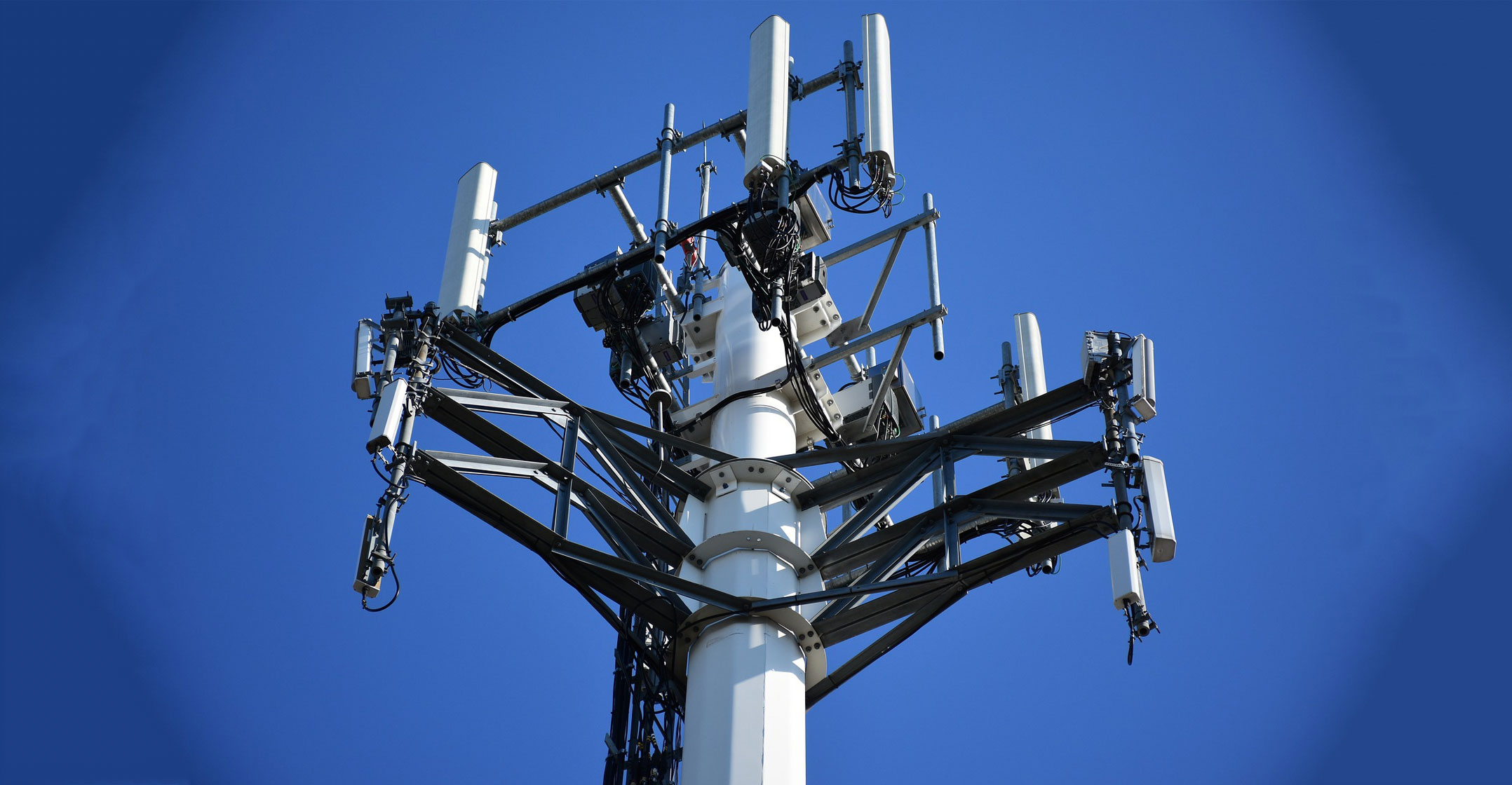 Telkom customers are no longer able to force their phones to roam away from their home network after the telecommunications operator switched roaming partners from MTN to Vodacom at the end of June.
Telkom customers are no longer able to force their phones to roam away from their home network after the telecommunications operator switched roaming partners from MTN to Vodacom at the end of June.
Access to Vodacom will now be provided automatically by Telkom, when the operator determines a user has moved into an area with weak or no Telkom coverage. Handover between the networks is seamless and instantaneous, which will help minimise dropped calls and poor data connections.
Customers will no longer be able to force the switch, which they could do when Telkom’s roaming partner was MTN (where it roamed on 2G and 3G, but not 4G, which it now does in the agreement with Vodacom). That’s according to Beauty Apleni, chief technology and information officer for the company’s consumer and small business segment, who spoke to TechCentral on Monday. The move should prove financially advantageous to Telkom as a “substantial number” of customers had chosen to roam on MTN’s network all the time.
Telkom said last year that it would switch roaming from MTN to Vodacom by the end of June 2019, when its roaming deal with MTN expired. Vodacom and Telkom both confirmed the switch has now happened countrywide and the latter’s customers can no longer roam on MTN’s network.
Apleni said Telkom customers had complained about “hard handovers” from its network to MTN’s network — as opposed to the seamless handover now in place with Vodacom — because this led to dropped calls when moving out of a Telkom coverage area.
Also, customers were not able to access 4G roaming on MTN. “We needed to fix this. As part of us fixing this, and improving the service to our customers, technology allowed us to do a new way of roaming.”
The new roaming technology is called MOCN, or Mobile Operator Core Network, and it allows Vodacom, as the roaming service provider, to broadcast a similar or equivalent Telkom network ID, known as a PLMN, making it irrelevant for a user’s device to select “home network” and “roaming network”, Vodacom said in an e-mailed response to questions from TechCentral.
‘Strongest signal’
“The device will … stay on the Telkom or the Vodacom roaming signal on the basis of the strongest signal at the time, thus improving customer experience,” Vodacom said. “However, Telkom, as the subscriber owner, may decide to optimise certain settings, pushing the Telkom subscriber to prioritise the Telkom self-provided network over Vodacom. In these instances, the Telkom subscriber may be forced to stay on the Telkom network or be prohibited from roaming by Telkom.”
The point at which Telkom switches a customer across to the Vodacom network is determined by multiple variables and not simply when a device drops below a pre-determined signal strength. “We have configuration settings we have put down. So, when you reach certain quality service levels on the network, then instead of dropping a call or a session, the network will move customers over to Vodacom,” Apleni said.
“If the (Telkom) signal is strong enough for you to be able to transact, it will stay on Telkom. But if the signal is weak and you start getting dropped packets as you transact, then we’ll move you over because we don’t want you to lose the session.”
 Telkom monitors signal strength — measured in decibel-milliwatts, or dBms — though a uniform dBm threshold is not applied nationally. “This differs by area,” Apleni explained. “We started tweaking this as we rolled this out (across the country) with Vodacom. In each area, we looked at which point do we start getting bad signal, so the numbers aren’t the same everywhere. It’s not simply a case of, if you reach a certain dBm, you’ll be moved (to Vodacom). There are a number of other parameters we use. Each area has a different requirement.”
Telkom monitors signal strength — measured in decibel-milliwatts, or dBms — though a uniform dBm threshold is not applied nationally. “This differs by area,” Apleni explained. “We started tweaking this as we rolled this out (across the country) with Vodacom. In each area, we looked at which point do we start getting bad signal, so the numbers aren’t the same everywhere. It’s not simply a case of, if you reach a certain dBm, you’ll be moved (to Vodacom). There are a number of other parameters we use. Each area has a different requirement.”
Roaming should be seamless for customers on 3G and 4G handsets. However, those using 2G feature phones must first connect manually to Vodacom’s network by connecting to the network ID “TelkomSA-R” (the name, or PLMN, given to Vodacom’s network for roaming Telkom users). This is because these handsets don’t support the MOCN roaming technology out the box. Once 2G customers have done this, they will be switched back to the Telkom network and the next time they move into an area where Telkom coverage is poor or non-existent, their phones will automatically roam onto Vodacom. Though any Telkom user can manually select “TelkomSA-R” in their phone’s network settings, they will almost immediately be bounced back to Telkom’s own network provided they are in a Telkom coverage area.
“It’s very important for 2G customers to have seamless handover, too,” Apleni said. “The customer has to go through the manual setting to clear barring (of Vodacom’s network). Then it will register Vodacom as an acknowledged roaming partner. This is a once-off process.” — © 2019 NewsCentral Media

